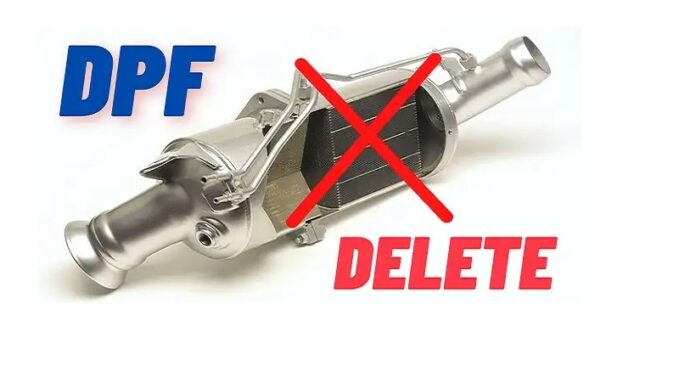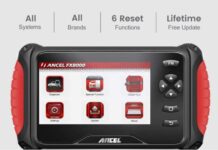Efficiency and performance have been weighed against strict pollution requirements in the world of diesel engines. Technology improvements have still brought about alternatives. It promises increased power while having a smaller environmental impact. The DPF (Diesel Particulate Filter) deletion kit is one such solution. It has attracted the interest of diesel enthusiasts and car owners hoping to maximize the performance of their engines.
The Challenge of Emissions Regulations
Diesel Particulate Filters are a component of the exhaust control systems on modern diesel engines. By capturing tiny particles in the exhaust gasses, these filters limit the release of dangerous pollutants into the atmosphere. The DPF delete kit has some difficulties even though it accomplishes its goal of reducing pollution.
-
The Downside of DPFs
This leads to a process called “regeneration,” where the filter heats up to burn off the accumulated particles. However, this process is not always effective, and a clogged DPF can lead to reduced engine performance, increased fuel consumption, and potential damage to engine components.
-
Enter the DPF Delete Kit
The DPF delete kit is a modification that involves the removal of the Diesel Particulate Filter from the exhaust system. This alteration is designed to address the limitations of DPFs. It also delivers tangible benefits to the vehicle and its owner.
Benefits of the DPF Delete Kit
-
Enhanced Performance:
The engine can breathe when the restriction brought on by a full DPF is removed, improving horsepower, force, and engine response.
-
Better Fuel Efficiency:
Improved exhaust flow allows the engine to run more effectively, improving fuel economy and reducing trips to the fountain.
-
Reduced Maintenance:
Without a DPF delete kit, regeneration cycles are not required. It means fewer maintenance situations and significant overtime cost savings.
-
Longevity of Engine Components:
The removal of the DPF can reduce stress on the engine, potentially extending the lifespan of critical components.
-
Customization Potential:
Whether it’s for rugged excursions or putting large loads, enthusiasts can fine-tune their engines to suit the needs of those activities.
Ethical and Legal Considerations:
The promise of improved productivity and efficiency is attractive. It’s essential to discuss the moral and legal implications of DPF removal kits. Added emissions from these improvements result in violations of pollution laws in some places. Before seeking a DPF delete kit it is important to do your homework on and understand the legal ramifications in your country.
Conclusion:
For diesel enthusiasts looking to balance performance and emissions management, the DPF deletion kit offers a desirable answer. Owners of affected vehicles may notice increased power. It also increased fuel efficiency and maybe less frequent maintenance requirements if the DPFs are removed.
But it’s important to approach DPF and delete adjustments with knowledge of the obligations both legal and environmental they involve. The DPF delete kit shows the continual effort to improve engine performance. It also keeps a commitment to environmental well-being as technology advances.
FAQ:
- Is it a good idea to remove DPF?
Although some people view DPFs as a liability since they can impair engine performance when they become clogged, generally speaking, the risk is not worth it to remove your DPF.
- What do I require to delete my DPF?
The exhaust and the tuner are the two essential parts of any DPF removal, despite the fact that there are an infinite variety of kits available. The tuner turns off the vehicle’s regeneration mode and makes sure that no other engine codes appear while the exhaust is used to physically replace the DPF.
- What occurs if the DPF is taken out?
A filter removal will result in the vehicle failing its MOT. Sometimes when the DPF is removed, the warning light will glow, and this is a MOT failure point: During the test, no dashboard warning lights should be on.


































































